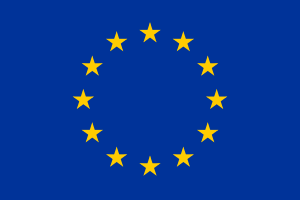
European Union flag
The Cold War led to a atomic arms race between the United States and the Soviet Union. The superpowers raced to build ever more powerful nuclear weapons. Other countries such as Britain, France and China sought to develop their own nuclear arsenals. The costs and risks of ever-increasing nuclear armaments became intolerable, however, and slowly tensions began to ease in the late 1960s. During this period, there was a major rise in public protests in the west, as a new generation expressed dissatisfaction with the Cold War. In Europe, the European Union expanded in breadth and depth. In Asia, China experienced great change and terrible suffering under the leadership of Chairman Mao.
During this learning pathway you will watch three video lectures and complete two readings.
- Learn about the nuclear arms race
- Examine the integration of Europe in the post-war period
- Explore events in communist China during the Cold War
The Cold War led to a atomic arms race between the United States and the Soviet Union. The superpowers raced to build ever more powerful nuclear weapons. Other countries such as Britain, France and China sought to develop their own nuclear arsenals. The costs and risks of ever-increasing nuclear armaments became intolerable, however, and slowly tensions began to ease in the late 1960s. During this period, there was a major rise in public protests in the west, as a new generation expressed dissatisfaction with the Cold War. In Europe, the European Union expanded in breadth and depth. In Asia, China experienced great change and terrible suffering under the leadership of Chairman Mao.
During this learning pathway you will watch three video lectures and complete two readings.
Objectives
Content is available under the
Creative Commons Attribution Share Alike License.
Privacy Policy | Authors